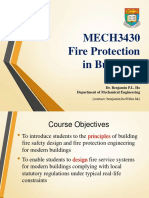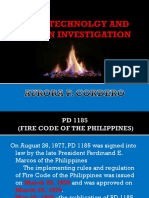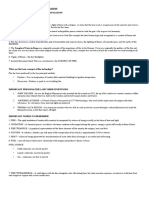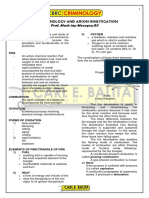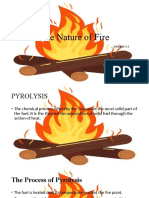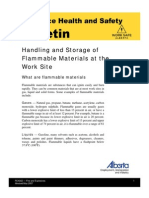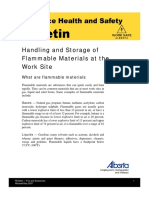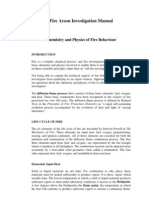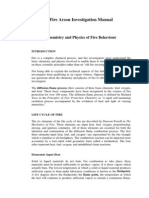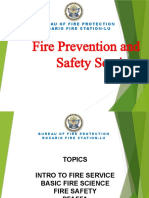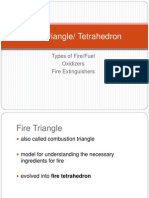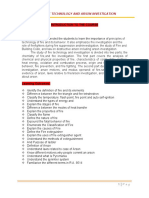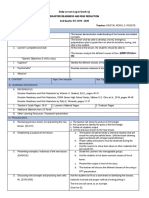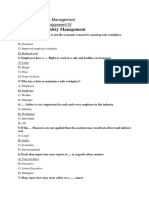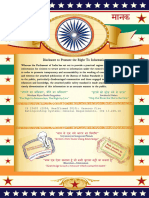0% found this document useful (0 votes)
21 views8 pagesFire Terms Definitions
The document provides definitions and explanations of various fire-related terms, including types of combustion (complete, incomplete, rapid, spontaneous, and explosive) and their characteristics. It also covers the components necessary for fire, classifications of fires (Class A, B, C, D, K), and methods for extinguishing them. Additionally, it discusses the physical properties of fuels, such as specific gravity, vapor pressure, ignition temperature, and flash point.
Uploaded by
adyn3512Copyright
© © All Rights Reserved
We take content rights seriously. If you suspect this is your content, claim it here.
Available Formats
Download as PDF, TXT or read online on Scribd
0% found this document useful (0 votes)
21 views8 pagesFire Terms Definitions
The document provides definitions and explanations of various fire-related terms, including types of combustion (complete, incomplete, rapid, spontaneous, and explosive) and their characteristics. It also covers the components necessary for fire, classifications of fires (Class A, B, C, D, K), and methods for extinguishing them. Additionally, it discusses the physical properties of fuels, such as specific gravity, vapor pressure, ignition temperature, and flash point.
Uploaded by
adyn3512Copyright
© © All Rights Reserved
We take content rights seriously. If you suspect this is your content, claim it here.
Available Formats
Download as PDF, TXT or read online on Scribd
/ 8




